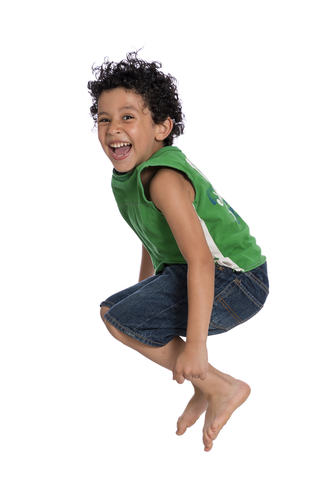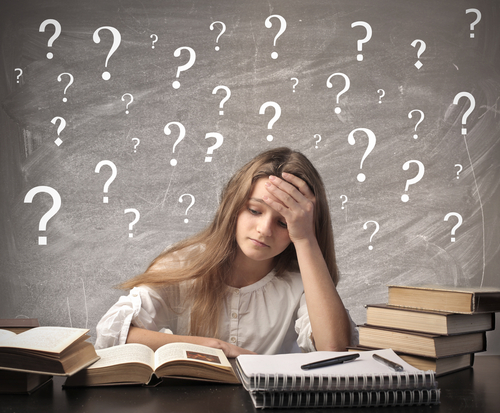In this activity, you will recap how to use verb tenses correctly.
Verb tenses are very important in our writing as they tell us when an action took place, either in the present, past or future.
Remember that a verb is an action word.
Present Tense
This sentence is written in the present tense:
'I am jumping.'
This means I am doing it now.
'She is looking at her book.'
This means she is doing it now.

Past Tense
'He was skipping' or 'He skipped'
'We were laughing' or 'We laughed'
These sentences show something has happened - it is finished, it has passed.
Future Tense
'I will jump' or 'I am going to jump'
'We are going to laugh at the joker' or 'We will laugh at the joker'
These sentences mean I have not done it yet, I am going to do it in the future.
Simple, continuous and perfect form
Each type of verb can also be sorted into simple, continuous and perfect.
Simple form (This is the easy one!)
Past: I walked
Present: I walk
Future: I will walk

Perfect form (Use the 'to have' forms before the verb for past and present but use 'will have' for future.)
Past: I had walked
Present: I have walked
Future: I will have walked
Progressive form (Use the 'to be' forms before the verb for past and present and 'will be' for future.)
Past: I was walking
Present: I am walking
Future: I will be walking
Phew - there's a lot of information to take in there!

Don't panic though - you can look back at this introduction at any point by clicking the red help button on the screen.
Let's get started!







